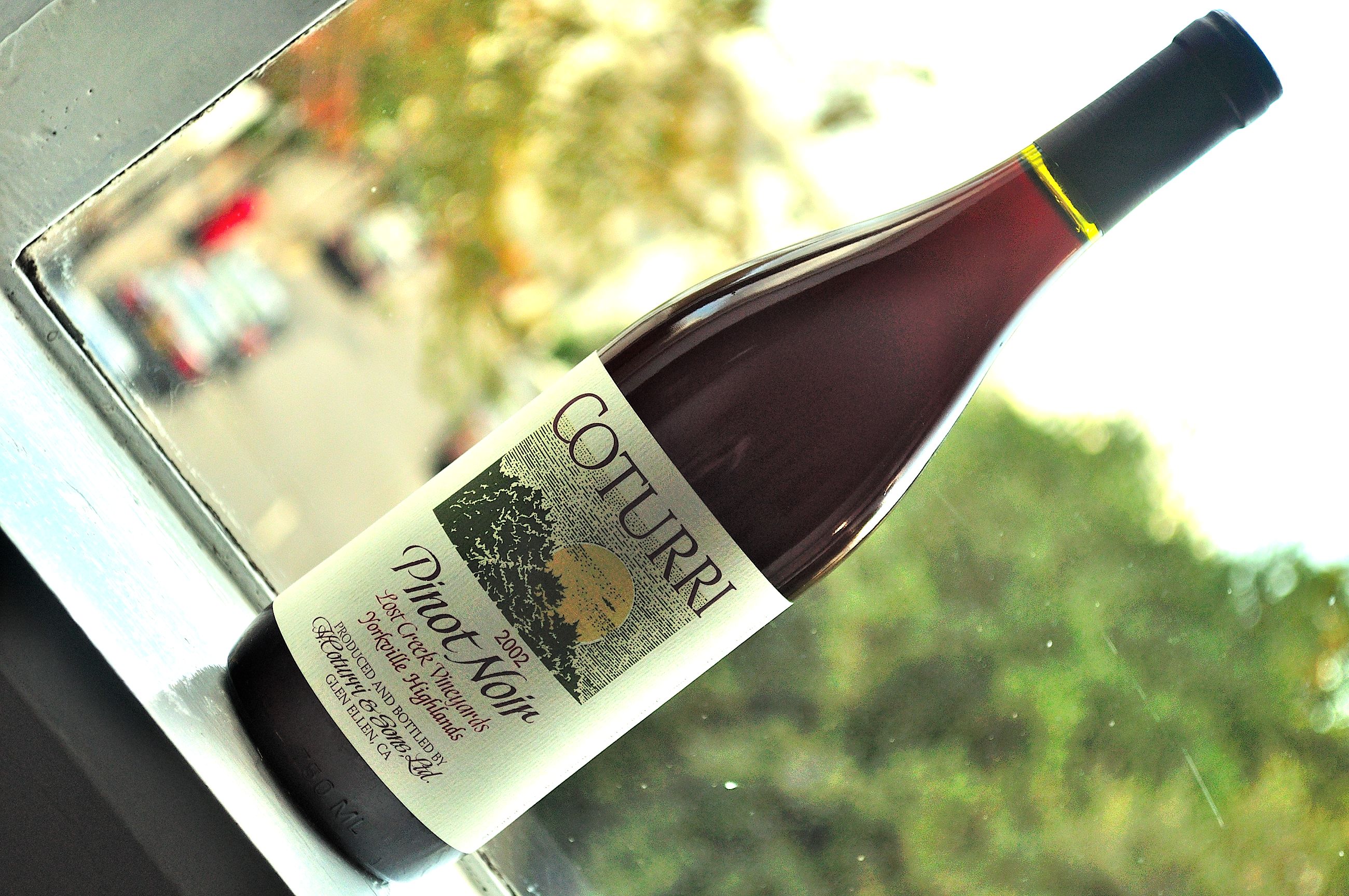Wine Rambler autumn tasting 2010: from oaked rosé to Riesling and German Merlot
Every other season I assemble a group of wine loving friends at the Wine Rambler London HQ. The mission is simple: drink some wine and have fun. As that might seem too frivolous in the current times of austerity a little work is also required of my guests - and that is to share their impressions of the wines. For the autumn tasting in November these impressions ranged from 'body shop mandarin lotion' and 'broccoli' to 'tennis balls' and 'cold custard'.

As is the law at Wine Rambler seasonal tastings, all wines have to be tasted blind. This avoids bias and, most importantly, makes it more fun and adventurous. As my wardrobe is mostly stocked with German and some Austrian wines this is what my guests have learned to expect, but I always aim to have at least one surprise in store for them...








